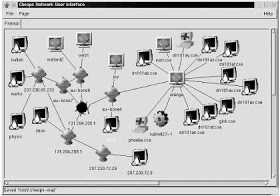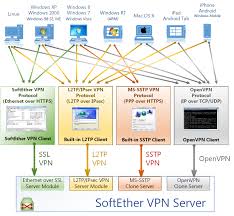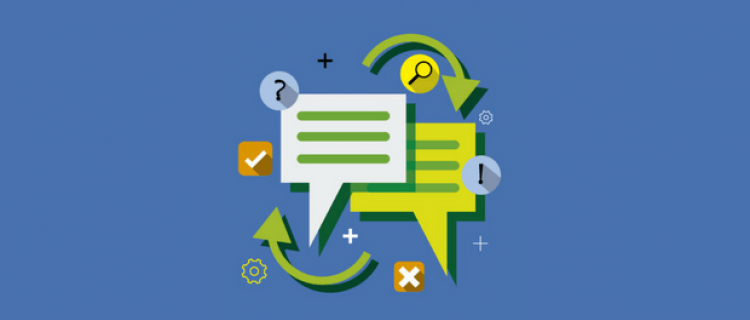Introduction
Mini Screenshot — click to enlarge Cheops is an Open Source Network User Interface. It is designed to be the network equivalent of a swiss-army knife, unifying your network utilities. Cheops does for the network what a file manager does for your filesystem.
Cheops is in need of a new maintainer. I have been unable to give Cheops the attention it needs. Every day I get e-mails asking about bug fixes and enhancements. Is anyone out there up to the task?
Cheops hopes to provide the system administrator and the user a powerful tool for locating, accessing, diagnosing, and managing network resources, all with the click of a button. Cheops is distributed under the terms of the GNU General Public License (GPL).
Technical
Cheops is written using the GIMP Tool Kit, GTK+, and is being designed for integration with GNOME, although GNOME support is currently minimal. Cheops has been verified to build under GTK+ versions 1.0.6, 1.1.1, 1.1.2, 1.1.3, and 1.1.5. It was designed for Linux but ports to other operating systems are welcome.
Its mechanics are nothing new, using routines taken from a variety of other tools, including QueSO for OS detection, halfscan for service detection (no link). Tracing/mapping is done using the same method traceroute uses (UDP and ICMP).
Availability
Cheops is available at the FTP site (ftp://ftp.marko.net/pub/cheops) and distribution is governed by the terms of the GNU General Public License.
Contributions
Cheops is Open Source software, and contributions, in terms of bug reports, ideas, documentation, and best of all patches, are welcome.
Its ability to survive and be successful will greatly depend upon the contributions of others. You do not have to know how to code to contribute, although it does help. The current TODO list is:
Programming related contributions:
layout.c: Offer a nice graph layout when a page is mapped
layout.c: Ability to set properties
I’d like someone to help me go back and retroactively comment my code
A Postscript rendering engine would be nice for printing
Non-programming related contributions:
Documentation (user and developer documentation)
Better icons (all sizes)
General wish list:
Book on OpenGL (preferably under UNIX)
Book on ODBC database stuff (preferably under UNIX)
Book on SNMP (Thanks to those who have contributed this)
As I am a student, monetary, hardware, and other contributions are always welcomed and encouraged to help me continue my free software development. Please tell me how you feel about the software.
Future
While cheops currently explores and provides easy access to network resources, it should be expanded to provide monitoring functionality as well.
Also, note the TODO items above.
Mailing List
If you would like to subscribe to the Cheops mailing list, send an email to cheops-request@marko.net with the word subscribe in the body of the message.
An archive of the mailing list is available here.
Frequently Asked Questions
The Cheops FAQ is located here. Last updated Dec. 15, 1998.
Author
Cheops is written by Mark Spencer. I can be reached at markster@marko.net, or you can see me if I’m in my room here. My resume is available online. My other projects include GAIM, l2tpd, NADS and Linux Support Services.
Special thanks to Cheops sponsors
While I sincerely appreciate all the supportive e-mails and comments I have received about Cheops, I would especially like to thank the following companies who have supported free software by providing hardware or monetary donations to help keep Cheops development steaming ahead.
Adtran, Inc.
Cybertrails Internet Services
The Debian Project
(If you or your company would like to make a monetary or hardware contribution to support Cheops, please contact me).
Also, Special Thanks To
Peter Grace (veneficus@IRC, KaiKnight@AIM) for his help in testing.
John K. for the revised web page layout.



